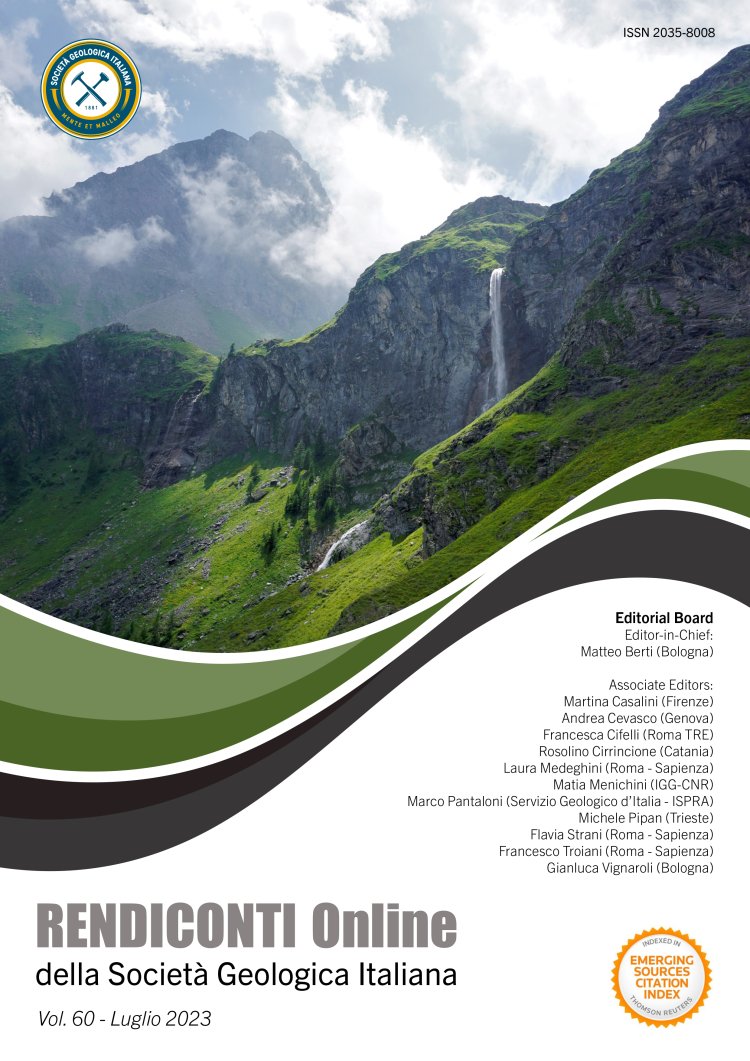
Multi-analytical characterization and provenance assessment on the mortars of Satrianum (Italy)
Giovanna Rizzo1, Roberto Buccione1, Rosa Curcio1, Bruna Gargiulo2 & Francesca Sogliani2
1Department of Sciences, University of Basilicata, Via dell' Ateneo Lucano, 10 85100 Potenza, Italy.
2School of Specialization in Archaeology, Department of European and Mediterranean Cultures, University of Basilicata, 75100 Matera Italy.
Corresponding author e-mail: roberto.buccione@unibas.it
DOI: https://doi.org/10.3301/ROL.2023.31
Volume: 60/2023
Pages: 152-161
Abstract
This work focuses on a multi-analytical characterization of mortars used for the construction of the fortified medieval settlement of Satrianum, Italy. This area is very relevant for its strategic position as it represents mainland link routes between the Ionian, the Adriatic and the Tyrrhenian seas. The area has yielded traces of anthropic frequentation since the second millennium BC and, from the 8th century BC, the first small settlements were established. Mineralogical analysis, showed that the mineralogical composition of the mortars is dominated by calcite, dolomite and quartz with lower abundances of muscovite. The most abundant major oxides are CaO, MgO, with lower amounts of SiO2. Considering the trace elements, particular attention was paid to the group of the rare earth elements (REEs), whose abundances and distribution patterns, can provide information on the provenance of the material. The rare earth elements patterns of Satrianum mortars showed very similar REEs distribution patterns to Southern Apennines carbonate lithologies.
Keywords
medieval mortars, Satrianum fortified settlement, multi-analytical characterization, petrography, XRD, geochemistry, rare earth elements.
Get Full Text